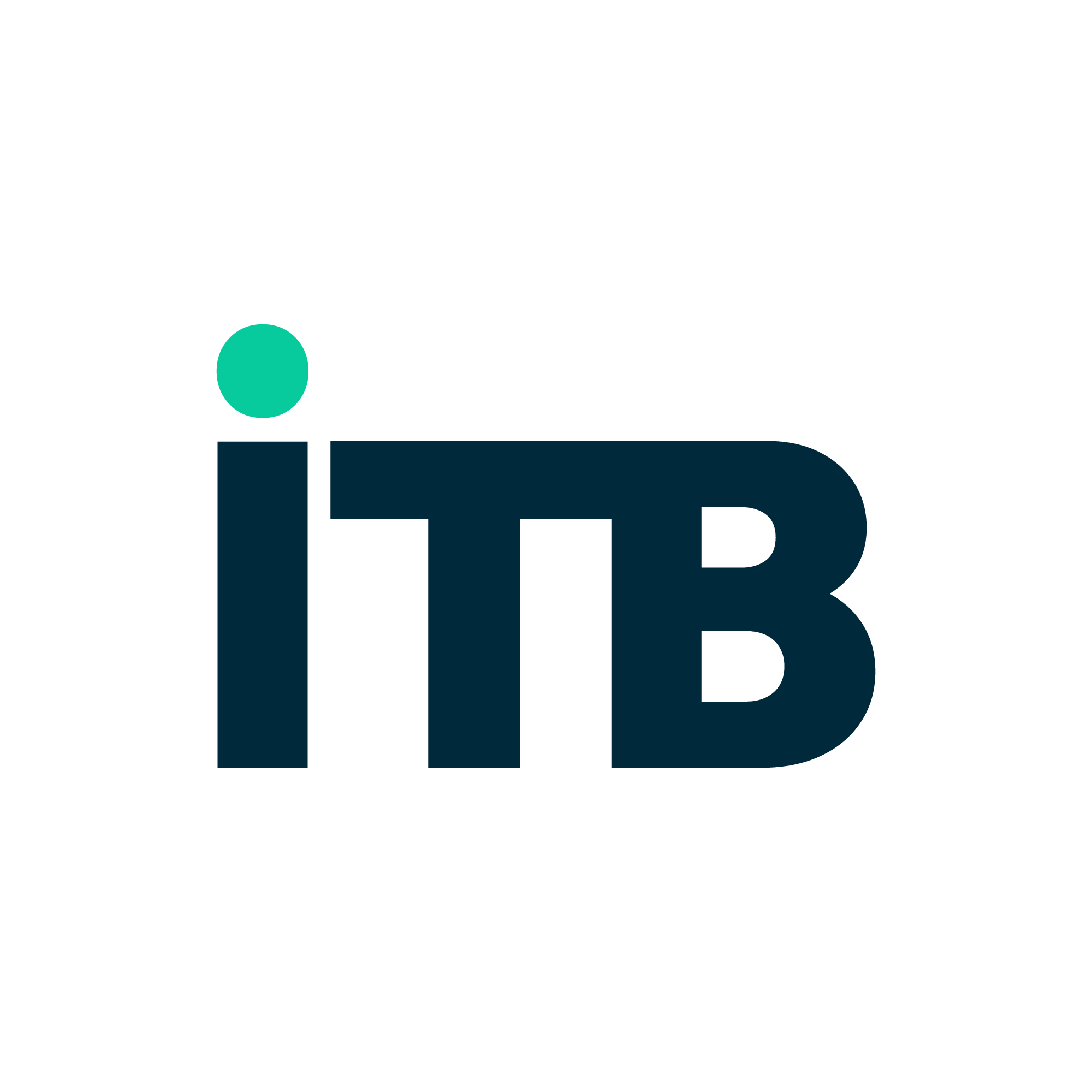The banking sector is undergoing a digital revolution — and it’s being powered not by branches or tellers, but by IT innovation.
From mobile-first experiences to real-time fraud detection, the way banks operate, serve customers, and manage risk is being completely reimagined. Behind every seamless digital transaction lies a sophisticated network of infrastructure, automation, and AI — all working in the background to deliver speed, security, and scale.
So, what are the IT innovations shaping this transformation?
Let’s break down the technologies redefining banking as we know it.

1. Cloud Banking: Scalability with Agility
The shift to cloud infrastructure is one of the most impactful transformations in banking.
Benefits of cloud adoption:
On-demand scalability for high transaction volumes
Reduced infrastructure costs and downtime
Accelerated product development and deployment
Better disaster recovery and data availability
Cloud-native banks and FinTechs are outpacing traditional players by launching new products faster and serving users with zero friction.
2. AI & Machine Learning: The Brains Behind Smart Banking
AI isn’t just for chatbots anymore. Today, it powers everything from credit decisions to risk modeling and fraud detection.
Key AI use cases in banking:
Personalized financial recommendations
Predictive analytics for customer behavior
Automated document processing
Voice and facial recognition for authentication
Intelligent customer support via virtual assistants
Banks that leverage AI aren’t just digitizing services — they’re redefining engagement.
3. Blockchain: Trust, Transparency, and Traceability
Blockchain has moved beyond cryptocurrency and is now a core element in secure, transparent financial transactions.
Applications of blockchain in banking:
Cross-border payments with near-zero fees
Smart contracts for faster settlements
Tamper-proof KYC and identity verification
Asset tokenization for fractional ownership
With decentralization and immutability, blockchain ensures trust in an increasingly digital economy.
4. API Banking & Open Finance
APIs are turning banks into platforms — enabling secure data sharing with FinTechs, startups, and third-party services.
What API integration unlocks:
Real-time access to customer data (with consent)
Seamless onboarding and account linking
Embedded finance (banking inside non-banking apps)
Compliance with Open Banking regulations (e.g., PSD2)
In short, API-first architecture is breaking the walls between financial services and the everyday apps people use.
5. Robotic Process Automation (RPA): Efficiency at Scale
RPA is revolutionizing how banks handle routine, rule-based tasks — improving speed, accuracy, and cost savings.
Popular use cases:
KYC data extraction and validation
Loan processing automation
Fraud investigation workflows
Compliance report generation
With bots handling the mundane, human teams can focus on strategy, experience, and innovation.
6. Real-Time Analytics & Decision Engines
In modern banking, speed of insight = speed of service. Real-time analytics platforms help banks make smarter, faster decisions based on live data streams.
Use cases include:
Dynamic credit scoring
Instant fraud alerts
Targeted marketing and upselling
Customer churn prediction
Banks are now using data as a competitive asset — not just for reporting, but for real-time optimization.
7. Cybersecurity Innovations
With more digital access comes more risk. That’s why cybersecurity is evolving too — with innovations like:
Zero Trust Architecture (ZTA)
Behavioral biometrics
AI-driven threat detection
Identity and Access Management (IAM)
Secure access via multi-factor and token-based authentication
Cybersecurity isn’t just a back-end issue — it’s a brand-level trust signal for modern customers.
The Banks of the Future Are Built on IT
Technology isn’t an accessory to banking anymore — it’s the core infrastructure.
The institutions that thrive in the coming years will be those that treat IT not as a support function, but as a strategic asset.
Whether it’s building smarter products, faster services, or safer platforms, IT innovations are redefining what’s possible — and banks that embrace the change will lead the transformation.



